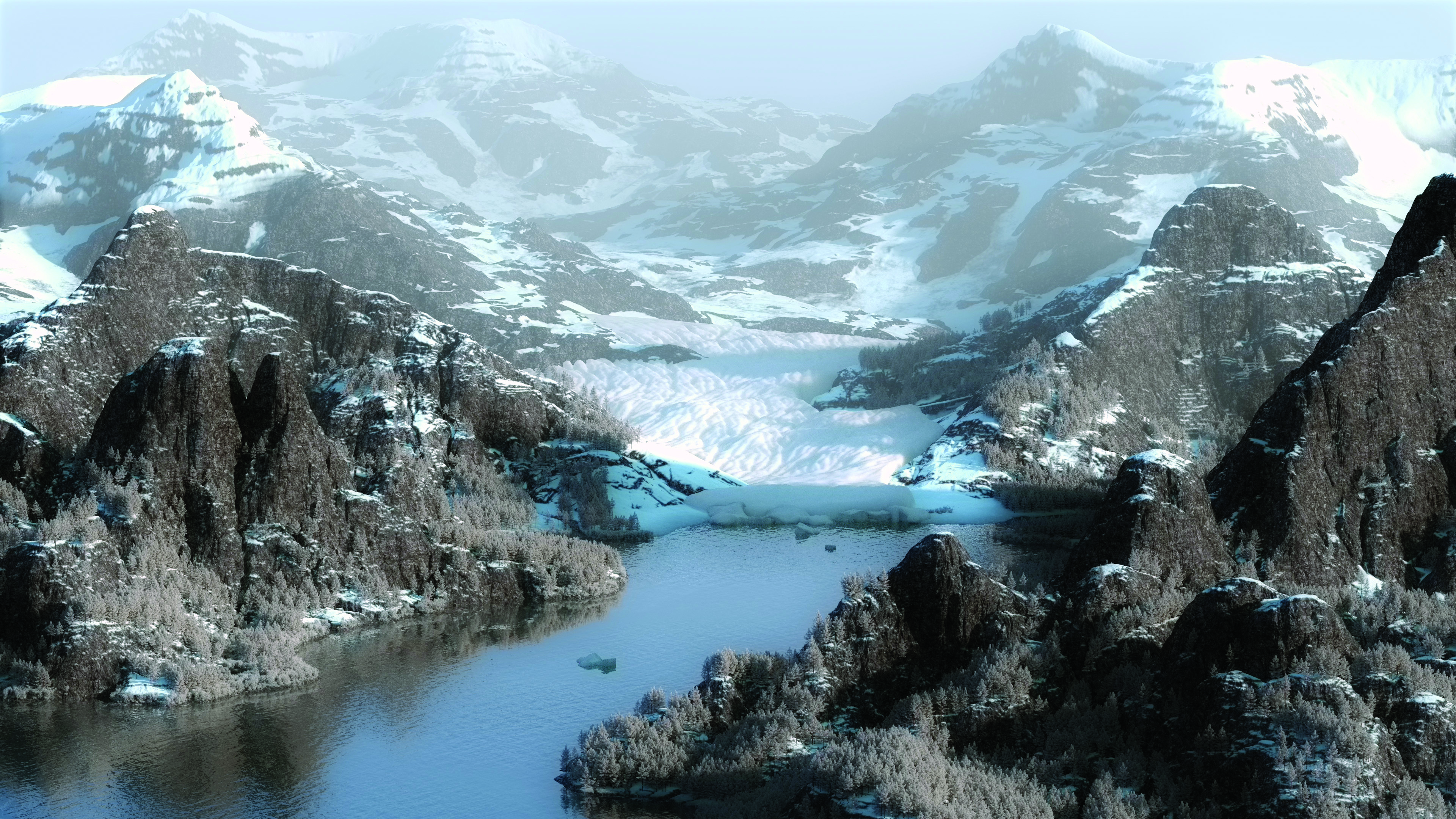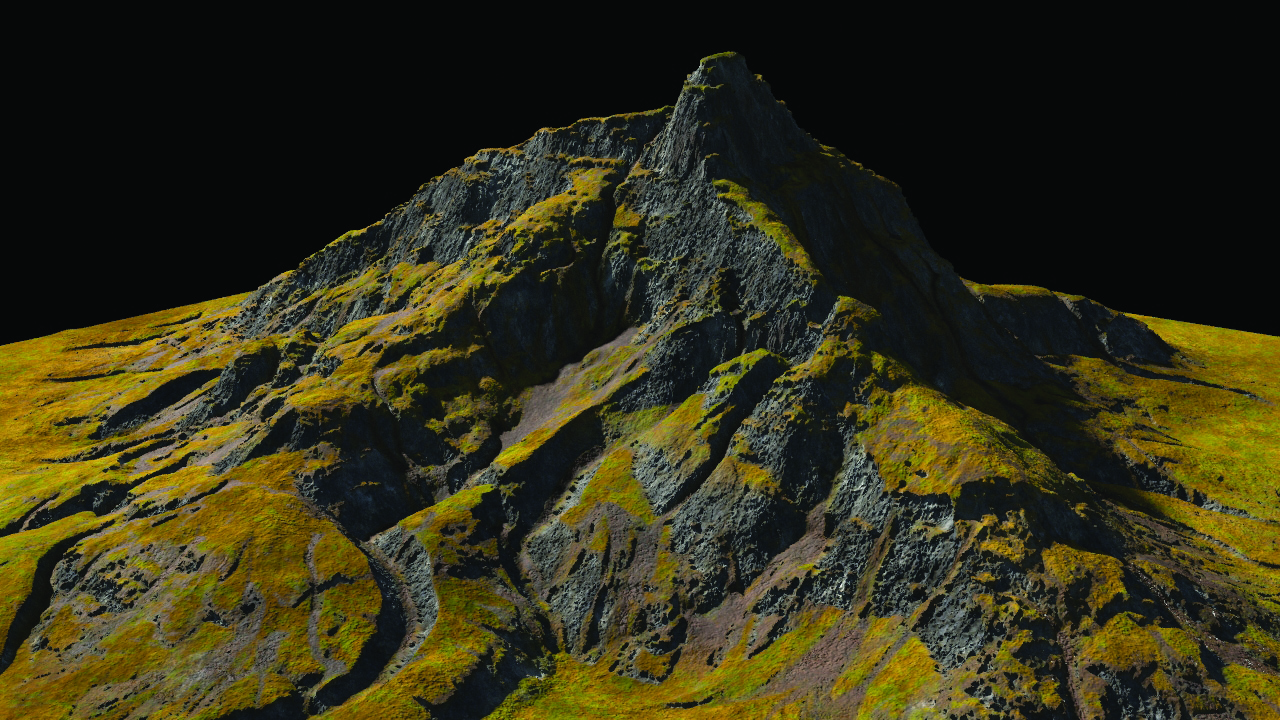Create stunning landscapes in Houdini
Top tips to improve your terrain building using procedural workflows.

By using a node-based, procedural approach, 3D software Houdini from SideFX provides digital artists with a remarkable level of power, flexibility and control. It’s a complex piece of kit – so much so that you would be hard pushed to find someone who knows everything about it, or who really understands the software and its many features inside out.
The majority of Houdini users utilise the software to carry out very specific tasks, with few taking full advantage of its highly extensive toolset and capabilities. That said, in recent times the software has become more artist friendly, so now’s the time to jump right in.
So whether you’re completely new to Houdini or just want to hone up on its many features, going back to the basics is often a great way to speed up your workflow or learn about tools that you may not already be hugely familiar with.
With that in mind read on to discover our top expert tips for creating stunning, detailed and realistic terrains.
01. Work with the erosion node

When working with the erosion node, I always start with a low terrain resolution for the first erosion step. I do this to get strong, succinct details. Then I increase the terrain erosion, mixing in other details, and do another erosion. This way you can get some exponent strong flow/erosion details for basic shaping of your terrain, and then you can add the smaller details on top.
This workflow applies not only to the erosion node, but is also valid for the whole terrain generation process. Start low res for the bigger, dominant details and gradually increase the resolution while adding smaller details on top.
02. Use terraces

Since the erosion washes details away, it's always good to add some terraces before the erosion process, even if you’re aiming for a terrain without a terracing effect. If you use it right you won't see the terracing anymore after the erosion. Instead, your terrain profits from a bit more variety in details, since the terraces slow down the erosion process and give more space for sediments to settle down.
Get the Creative Bloq Newsletter
Daily design news, reviews, how-tos and more, as picked by the editors.
03. Mix terrain fractals

To get a more interesting-looking terrain, you should try and mix different HeightField Noise functions. Simply using only a HeightField node and then carrying out an erosion on top looks boring and uninteresting most of the time.
04. Make use of masks

Masks are your friend when working with height field terrains. You have several functions to choose from, such as mask to slope or mask to height. Use them to combine multiple height fields to get interesting-looking terrains. Some nodes also output masks, like the flow mask you get from the erosion node. Use them to texture your terrain.
Why 3D artists should attend Vertex

Vertex is the event connecting all areas of the UK visual effects community, for a day of presentations, workshops, recruitment and discussion.
Come and watch talks by some of the world's biggest names in VFX, including Scott Ross, Chris Nichols, Sébastien Deguy and more.
Book tickets for workshops run by some top artists, from Glen Southern to Mike Griggs among others.
If you want to get your hands on the very latest tech, then the expo access tickets are for you; they are even free, but you do need to register to get the tickets, so book now over at the Vertex site.

Related articles:

Thank you for reading 5 articles this month* Join now for unlimited access
Enjoy your first month for just £1 / $1 / €1
*Read 5 free articles per month without a subscription

Join now for unlimited access
Try first month for just £1 / $1 / €1

Rob Redman is the editor of ImagineFX magazines and former editor of 3D World magazine. Rob has a background in animation, visual effects, and photography.
